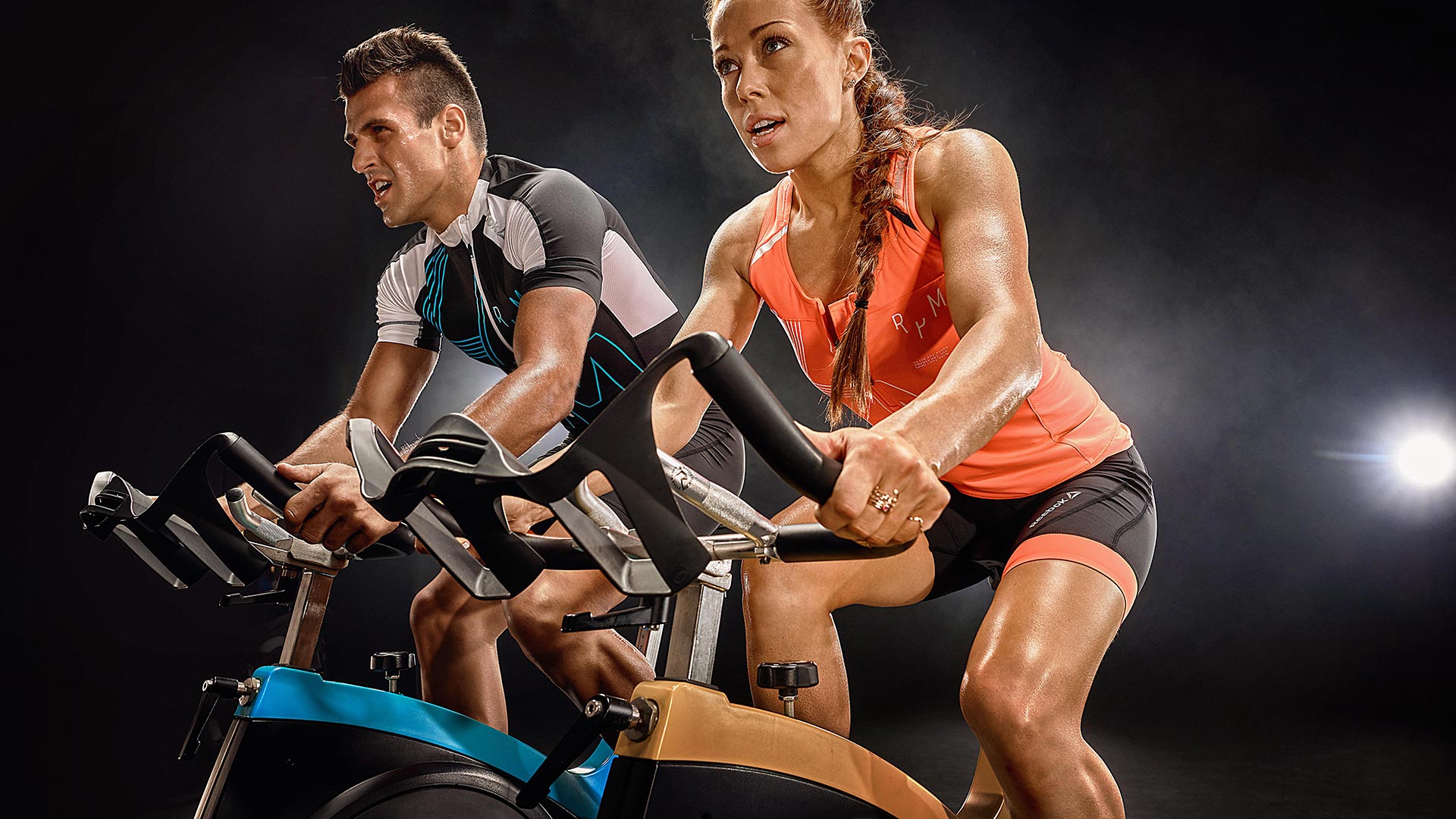
Improving fitness by the use of cycling can prove an enjoyable and effective activity, enjoyed by all age groups. Cycling poses very few barriers for those who are overweight, and provides a fitness activity which can be enjoyed by families and couples, with an ever changing scenery and terrain. Cycling is also a great method of transport for those who commute to work, increase fitness levels whilst also cutting down on fuel costs of using the car. With an exception for those with knee injuries, cycling provides a relatively safe fitness activity from an injury point of view. Cardiovascular ability and muscular endurance can be vastly improved by cycling, with distance, terrain and intensity dictating muscular function.
From the perspective of improving overall fitness from cycling, a varied approach would be best suited to increase power, strength and speed, as well as cardiovascular ability and endurance. A long distance cycle ride will allow for the cardiovascular system to be exercised, with the aim of improvements in speed, distance travelled, and effort applied. Shorter cycling rides will provide a chance to pick up speed, increase short term intensity to train on the explosive sprinting and muscular power.
The varied application of cycling illustrated above can also be transferred into the gym, with a lower body resistance training program which mimics the demands of cycling. By implementing both heavy weights with a decreased number of repetitions, and lighter resistance with a higher number of repetitions, we can effectively improve fitness levels by becoming stronger, more powerful, with greater muscular endurance. Advanced cyclists may wish to choose a bespoke training program which is specifically focused around their chosen distance. It would be of less benefit for a sprint cyclists to focus on high repetition work (unless infrequently supplemented into a program), with explosive and powerful muscle contractions required for the discipline. For the average person seeking to improve fitness with cycling, the following training program may prove useful.
Day 1
Leg press – 25 reps x 2 sets
Leg extensions – 8 reps x 2 sets
Leg curls – 8 reps x 2 sets
Adductor machine – 15 reps 2 sets
Calf raises – 25 reps x sets
Day 2
Rest / Cycling / Fitness training
Day 3
Rest / Cycling / Fitness training
Day 4
Bench press – 20/10 reps x 2 sets
Barbell row – 20/10 reps x 2 sets
Overhead press – 20/10 reps x 2 sets
Dorsal raises – 20 reps x 2 sets
Crunches – 20 reps x 2 sets
Day 5
Rest / Cycling / Fitness training
Day 6
Rest / Cycling / Fitness training
Day 7
Rest / Cycling / Fitness training
The above training program incorporates both the lower and upper body, with a mixture of rep ranges to improve both strength and endurance. Unsure how to perform these exercises? See our – exercise directory.
A favouritable body composition is commonly the aim of both advanced cyclists, and those seeking to improve fitness. Having a low level of body fat, whilst a high level of functional lean body mass, will result in greater performance as the cyclist has less body fat to carry whilst cycling, whilst having a higher level of functional (and hopefully useful) muscle mass. This advantageous body composition is a result of correct training, and a sound dietary intake to minimise fat gains, whilst ensuring the correct nutrients are consumed to fuel training and recovery.